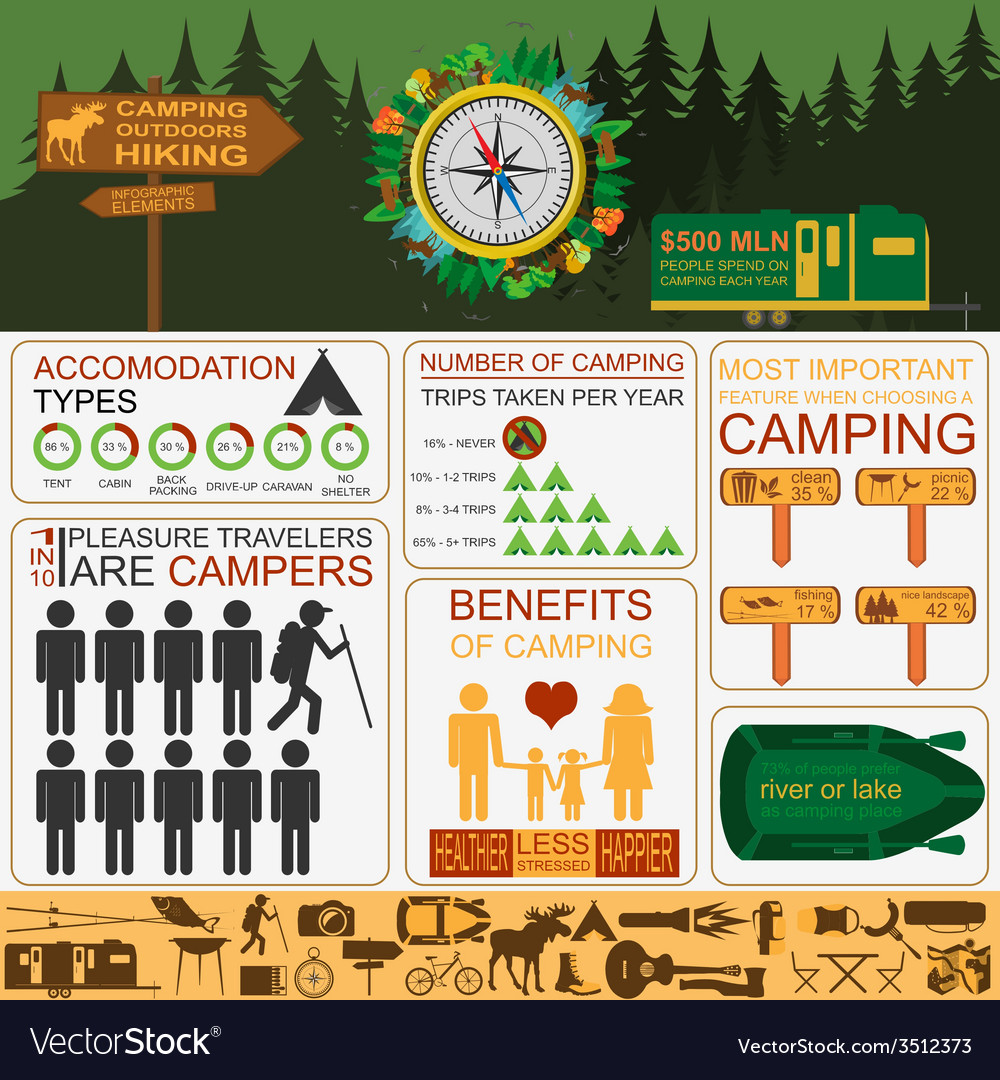Establishing your tent can be a daunting task for even skilled campers. This guide will cover the fundamentals of pitching a camping tent properly and securely so you can appreciate your camping trip without tension or fear.
How often should you waterproof a canvas tent?
Begin by laying out your tent's footprint and ground sheet to safeguard your tent flooring from rocks, sticks, dust, and other particles. Next off, assemble the outdoor tents poles and fasten them to the edges of the outdoor tents body using the appropriate sleeve or hook.
Choosing the Right Site
When you are exhausted after a long day hiking, you wish to pitch your camping tent and prepare yourself to rest. Yet you must first walk around the site to make certain it is risk-free for outdoor camping. Overlook and approximately figure out whether any kind of trees have big dead branches that might fall on your tent. These are in some cases called widowmakers and you don't want them to drop on you while you're resting.
Likewise make sure to avoid low areas that could flood throughout a tornado and to camp far from pet tracks, nests and habitats where ticks and chiggers are most likely to thrive. Try to find a level, rock-free area that is big enough for your outdoor tents and any other equipment you'll be bringing.
Some people like to set their outdoors tents up so the head end is sharp towards the eastern to catch the sun's warming rays first thing in the morning. This isn't constantly essential, however it is a good touch that can help wake you up.
Pitching Tips
It might appear apparent, but correct camping tent pitching is one of one of the most crucial factors in a good night's rest. Having a practice run in the house will assist you acquaint on your own with your tent, locate all the pole sleeves and bolts, and make certain whatever is in area. It's likewise a good time to practice making use of guylines for stability and to discover any kind of damaged pieces.
When you get to your camping site, check out the terrain to see if it's suitable for your outdoor tents. A great rule of thumb is to pitch the outdoor tents on a flat, level area with a slight downhill angle. This will certainly allow rainfall to drain away from tent homes the outdoor tents instead of merging in front of it.
If you can't discover a level area, take into consideration putting a tarp or other groundsheet under your outdoor tents footprint to protect it from wetness. This can also aid maintain dirt out of the tent.
Making Use Of Guylines Efficiently
Using individual lines efficiently is essential to seeing to it your camping tent or hammock stays secure in high winds and various other bad climate condition. A person line is a rope or cable that attaches to the ground via loops and D-rings in the framework, tarp, or rainfly.
Beginning by protecting one end of the line to a guyout loophole on your camping tent or rainfall fly, or to the pole it's affixed to. Then loophole the other end of the line over a risk positioned well away from the framework and tighten it.
Keeping your sanctuary's guy lines tight will certainly stop sagging or sagging during gusty problems, stopping moisture from permeating right into the tent or damage to the framework and improving convenience and security throughout camping. Constantly check the stress of your individual lines during and after negative weather conditions to guarantee they remain safe. In addition, think about loading a guy line tensioner to quickly readjust and maintain the appropriate quantity of tension in your lines.
Taking Down the Outdoor tents
When settling into your camping site, find an area with a level location and clear it of rocks and debris. Likewise, make certain to lay down a tent footprint or tarpaulin slightly smaller than your camping tent body to stop water pooling. This assists maintain your tent dry from rain or condensation and can be specifically handy in windy areas.
Analyze your equipment, consisting of the tent stuff sacks to make certain absolutely nothing is missing. Inspect that the posts match their clips and replenish first-aid items if needed.
When it's time to pitch your camping tent, start by orienting the doors downwind, and stake down each edge of the tent. If the ground is loose or sandy, think about spreading out a tarpaulin under your tent to secure it from wind and lower the likelihood of your tent tipping over. Likewise, make certain to use guylines efficiently to restrain your rainfly and maintain it tight. A well-pitched tent can prevent leaking, condensation, and sun damages.
How do you pack a bell tent?
